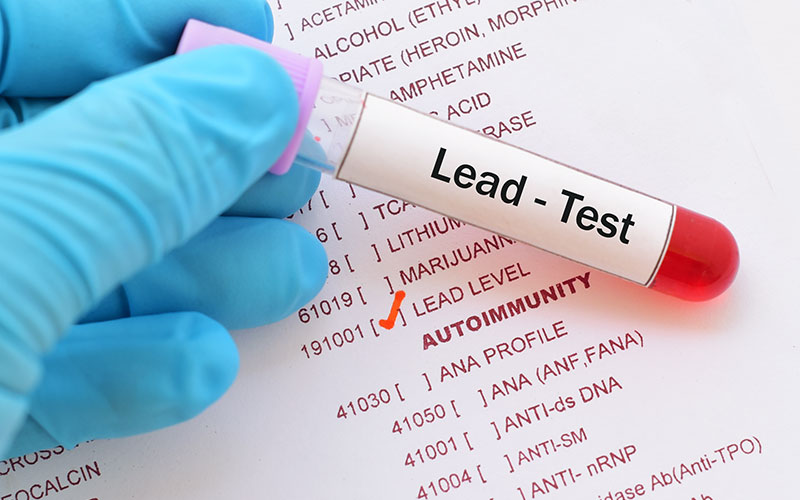
Lead poisoning affects far too many children in New Hampshire – the time is now for Manchester leaders to strengthen city regulations and work with the community to end childhood lead poisoning once and for all.
Long recognized as a dangerous toxin that can result in serious health problems, lead was removed from our gasoline and paint decades ago. But the problem of lead poisoning in children has unfortunately not gone away.
Lead poisoning affects children New England-wide, but here in New Hampshire, nowhere is this problem more prevalent than in Manchester, where every year approximately 100 children are diagnosed with elevated levels of lead in their blood.
According to the Centers for Disease Control, lead-based paint and lead-contaminated dust are the most widespread and hazardous sources of lead exposure for young children in the United States. Any exposure to lead is dangerous for children. Even low levels of lead exposure can cause irreversible health problems – including IQ deficits and cognitive and behavioral issues – effectively robbing children of their full potential. And, while the problem affects children across all demographics, it disproportionately affects low-income and communities of color the hardest.
The lifelong health impacts those children will experience are troubling enough, but a report from New Hampshire’s Department of Health and Human Services reveals that the long-term costs go beyond the individual child. The report estimates that the 1,000 children diagnosed in New Hampshire in 2013 will lose $240 million in collective lifetime earnings. The costs for special education, medical treatment, and crime linked to lead exposure add up to millions of dollars more in economic impact.
One of the tragedies of lead poisoning is that it is preventable. The best thing we can do to protect Manchester families from childhood lead poisoning is by reducing lead hazard exposures, keeping homes free of loose, peeling, chalking, or flaking paint, including lead-based paint, before they cause harm.
Fortunately, with its certificate-of-compliance program, which involves periodic inspections of rental properties, Manchester has a golden opportunity to better protect its children. Specifically, the city’s current certificate-of-compliance program can and should be strengthened to require, when lead-based paint hazards are found in rental properties, that the hazards be eliminated using lead-safe practices. Unsafe repair and painting practices – such as sanding and scraping in violation of the federal renovation, repair, and painting regulations – contribute significantly to cases of childhood lead poisoning. Therefore, explicitly requiring landlords and their contractors to use lead-safe practices to achieve compliance is a much-needed prevention strategy that the city can easily implement.
No single strategy can be relied upon to solve Manchester’s lead problem. For example, while the city’s program funded by the U.S. Department of Housing & Urban Development is and must remain an important part of remediating lead problems in housing, it has not solved the problem, nor could it be expected to on its own. Rather, the complexity of the problem, and the need to prevent children from becoming poisoned in the first place, requires a multi-pronged approach that includes both regulatory and education/outreach strategies working hand-in-hand.
One child affected by lead poisoning is too many, and the problem has persisted for far too long. The time is now for Manchester leaders to come together to strengthen city regulations and work with the community to put an end to childhood lead poisoning once and for all. Manchester’s children deserve no less.
This post originally appeared in Manchester Ink Link.



